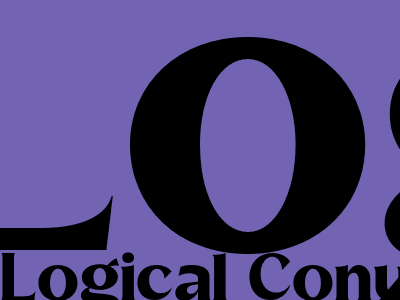The Logical Conundrum: Exploring the Boundaries of Rationality
Introduction
The world we live in is often governed by logic and reason, where events unfold in a predictable and understandable manner. However, there are times when we encounter situations that challenge our rational thinking and present us with perplexing logical conundrums.
These puzzles test the limits of our cognitive abilities and force us to question the boundaries of what we believe to be true. In this blog post, we will delve into the fascinating world of logical conundrums, exploring their complexities and the mental gymnastics they require to solve them.
The Nature of Logical Conundrums
1. Definition and Characteristics
Logical conundrums, also known as logical puzzles or brain teasers, are problems that challenge our logical reasoning and problem-solving skills. These puzzles often present us with seemingly contradictory or ambiguous information, requiring us to think critically and creatively to find a solution.
Logical conundrums can take various forms, such as riddles, paradoxes, or syllogisms. They may involve mathematical equations, linguistic trickery, or spatial reasoning.
2. Benefits of Solving Conundrums
Solving logical conundrums offers numerous benefits, including:
- Improved problem-solving skills
- Enhanced critical thinking abilities
- Increased creativity and lateral thinking
- Improved concentration and attention span
By challenging our assumptions and forcing us to think outside the box, logical conundrums help us become more effective problem solvers in both our personal and professional lives.
Types of Logical Conundrums
1. Paradoxes
Paradoxes are logical puzzles that present two seemingly contradictory statements that lead to an absurd or impossible conclusion. Examples include the famous "This statement is false" paradox and the "Liar's Paradox."
2. Syllogisms
Syllogisms are logical arguments consisting of two premises and a conclusion. The conclusion is supposed to follow logically from the premises, but in some cases, the premises may appear to conflict, leading to a paradoxical result.
3. Mathematical Conundrums
Mathematical conundrums involve using mathematical equations or concepts to solve a logical problem. These puzzles often require an understanding of basic math principles and creative thinking.
4. Linguistic Conundrums
Linguistic conundrums play on the meaning of words and the structure of language to create puzzles. These puzzles often require careful reading and an understanding of language nuances.
Approaches to Solving Conundrums
1. Identify the Assumptions
The first step in solving a logical conundrum is to identify the assumptions and beliefs that underlie the puzzle. Many times, these assumptions are not explicitly stated, so it is essential to think critically and explore different possibilities.
2. Break the Problem Down
Complex conundrums can often be broken down into smaller, more manageable pieces. By dividing the problem into smaller steps, it becomes easier to identify the key elements and find a solution.
3. Think Laterally
Solving logical conundrums often requires thinking outside the box and challenging our traditional ways of thinking. Try to approach the problem from different perspectives and consider unconventional solutions.
4. Seek External Resources
If you get stuck, do not hesitate to seek external resources such as books, articles, or online forums. Discussing the problem with others can sometimes provide fresh insights and help you find a solution.
Conclusion
Logical conundrums are a fascinating and thought-provoking challenge that can sharpen our minds and expand our understanding of logic and reasoning. By exploring the world of logical conundrums, we can develop valuable problem-solving skills, improve our critical thinking abilities, and gain a deeper appreciation for the complexity of human cognition.

Komentar